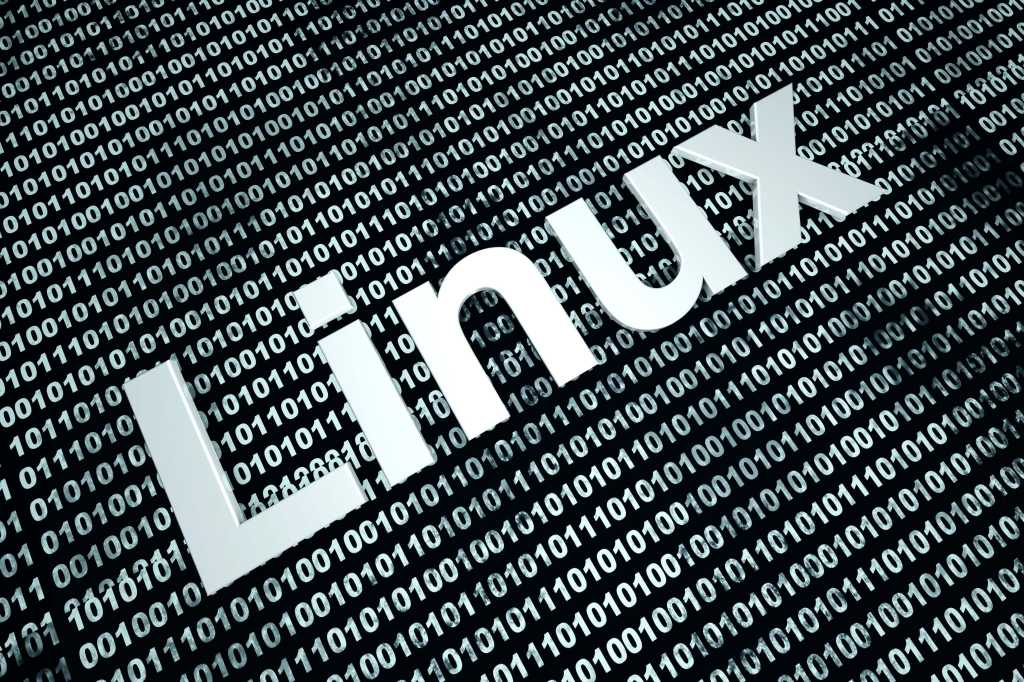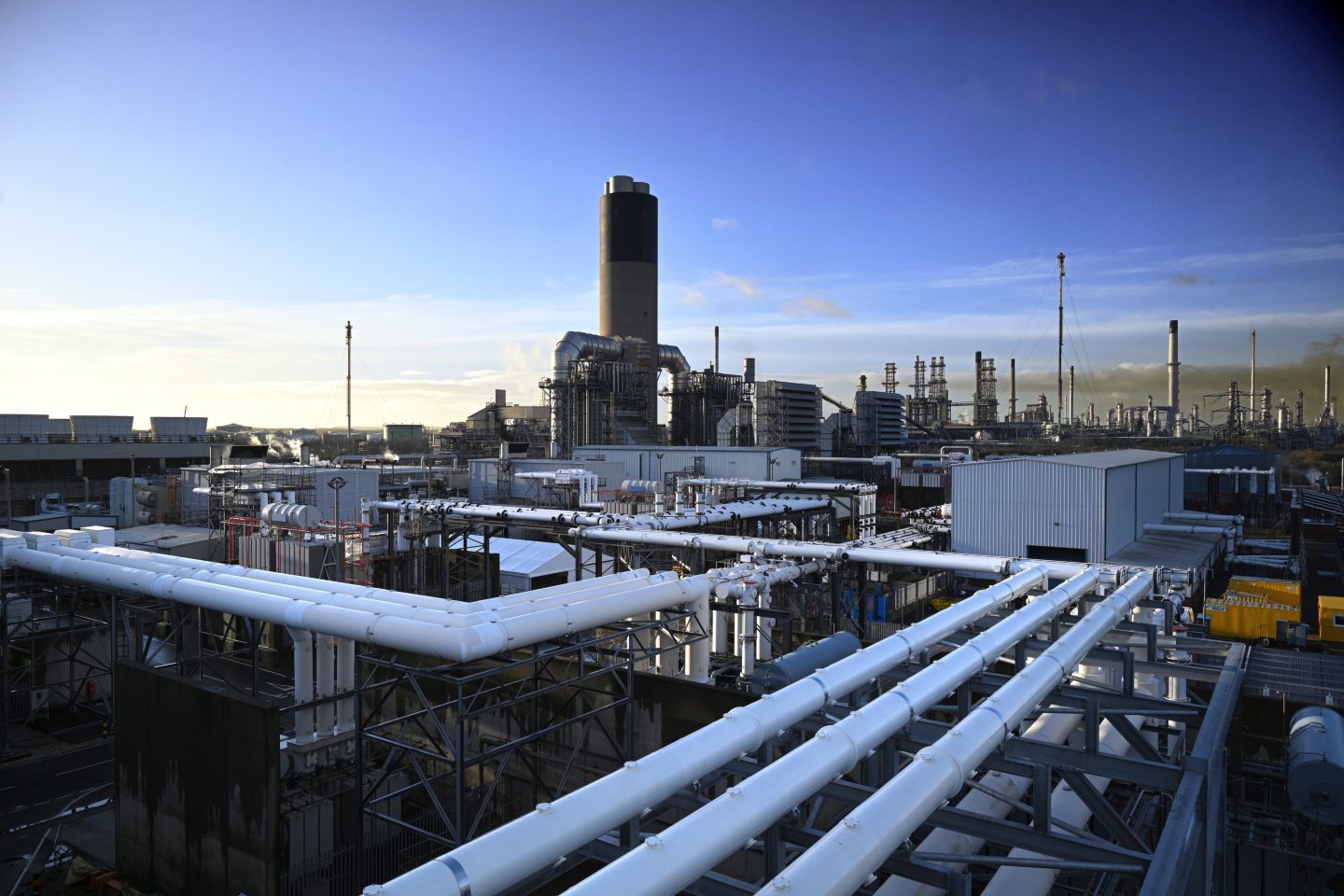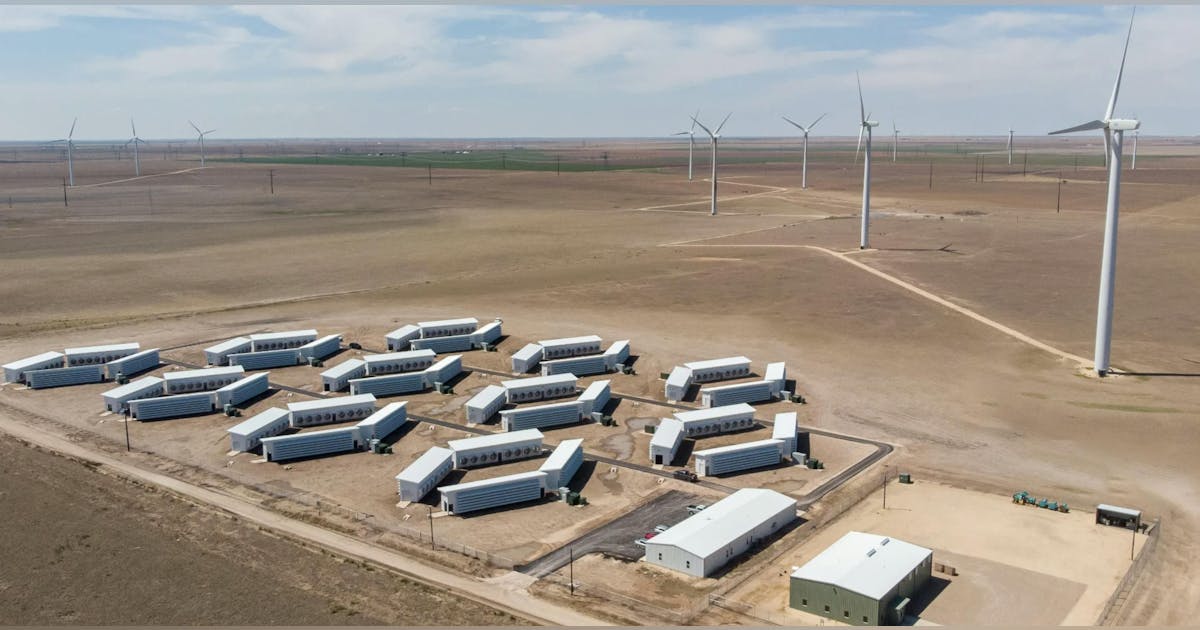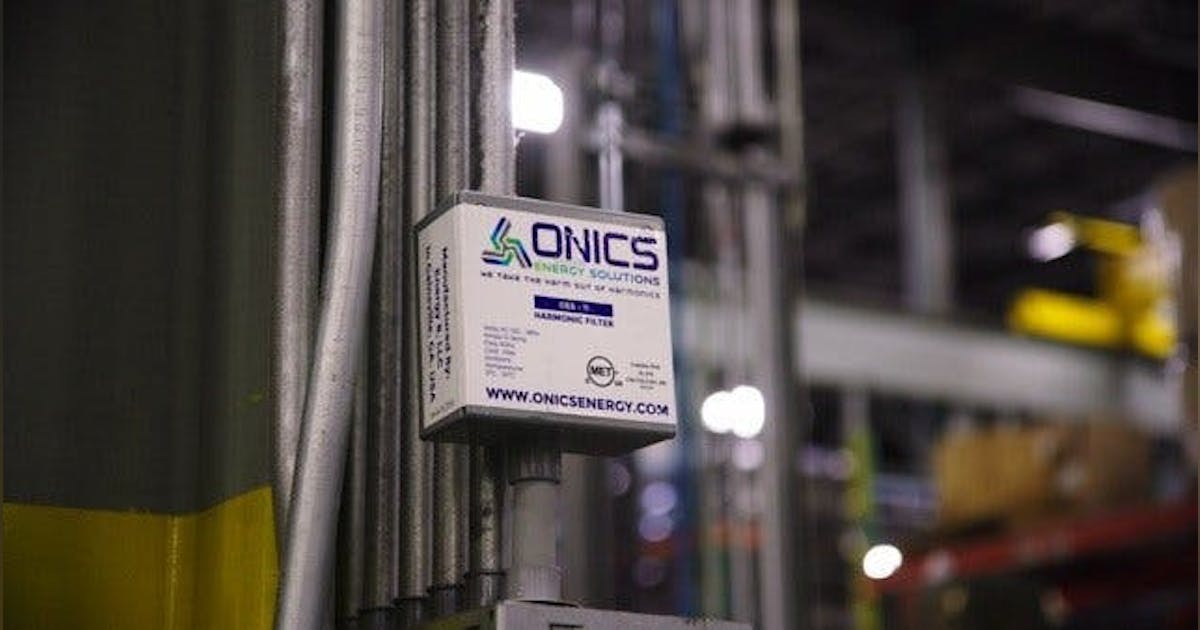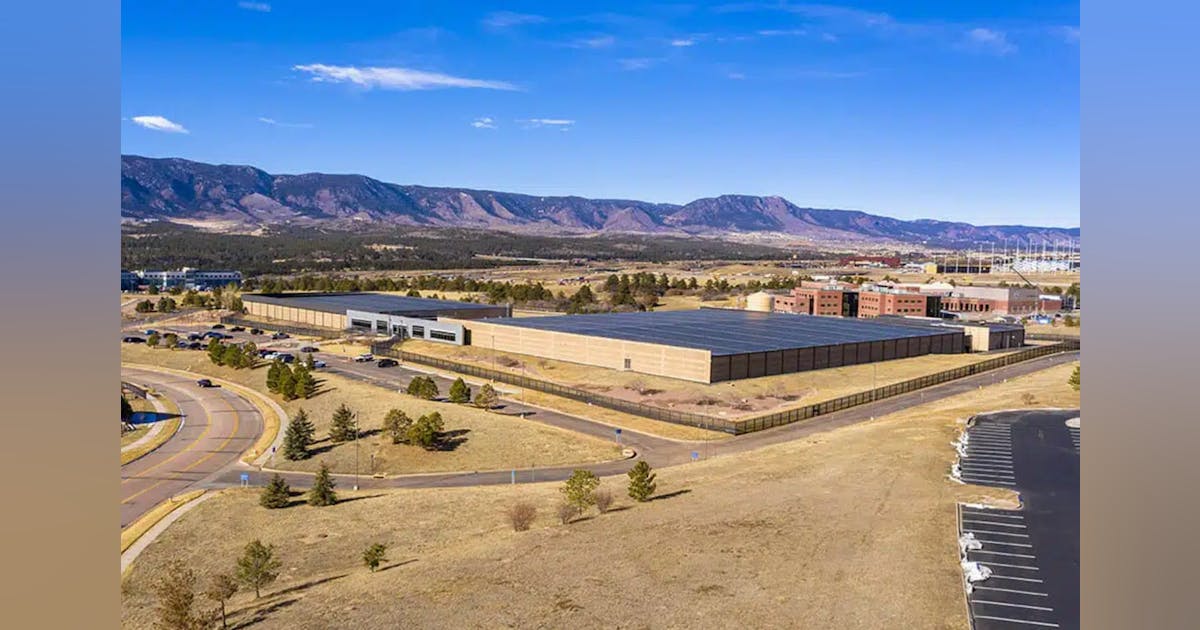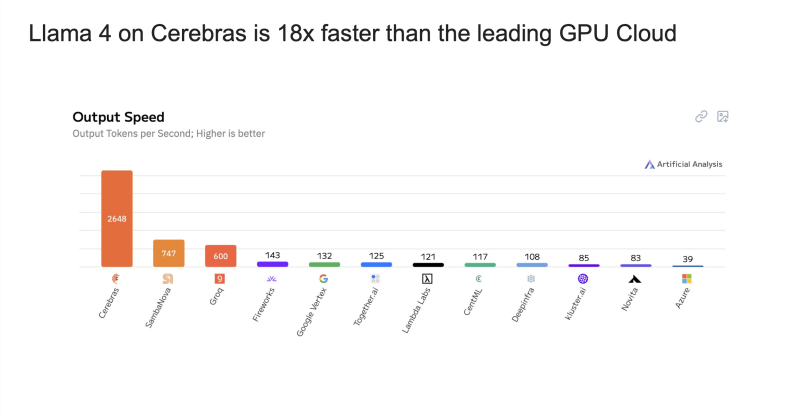
QatarEnergy and Exxon Mobil Corp. on Monday secured regulatory approval to commission their Sabine Pass, Texas liquefied natural gas (LNG) project.
The go-ahead from the Federal Energy Regulatory Commission (FERC) applies to Golden Pass LNG’s boil-off gas compression system, LNG storage, liquefaction system, LNG pumps, and end flash gas compression system. The permit was requested December 2023.
“[T]his approval does not grant Golden Pass the authority to commission or introduce hazardous fluids into other project facilities at the LNG terminal”, said a letter penned by Ghanshyam Patel, chief of LNG Branch 1 of FERC’s projects office.
“Additional authorizations will be released once Golden Pass has demonstrated full compliance with the conditions” set in a December 2016 FERC order granting construction and operation authorization for the project, added the letter published on the FERC’s website.
“Furthermore, we note that FERC staff look to continuously identify improvements to the safety and reliability of LNG facilities that may be realized during or after construction and throughout operations and may make recommendations in the future in this regard”.
On March 5 the Department of Energy (DOE) granted Golden Pass LNG’s request for a deadline extension for the start of exports by two years.
The extension applies to the project’s non-FTA order, while the DOE decided that Golden Pass LNG’s FTA order does not need a deadline. The project now has until March 2027 to dispatch its first non-FTA cargo.
Golden Pass LNG is permitted to ship a cumulative 937 billion cubic feet a year of natural gas equivalent to both FTA and non-FTA countries. The permit expires December 2050.
Last year the JV, 70 percent owned by QatarEnergy and 30 percent by ExxonMobil, requested the DOE under the Biden administration to move the deadline of September 30, 2025, by 18 months for both FTA and non-FTA authorizations.
In granting the extension the Trump DOE clarified, “The FTA requirement applies to the date by which GPLNG’s FTA export term starts (i.e., not actual export operations)”.
“The non-FTA requirement, on the other hand, applies to the deadline by which GPLNG must commence export operations, after which point the non-FTA authorization will expire by its own terms”, the DOE said.
“Because the term of GPLNG’s FTA authorization now extends to the fixed date of December 31, 2050, it is no longer necessary to impose a specific date by which the term of the FTA authorization must start”, the DOE said. “Therefore, rather than modify the FTA order to include a March 31, 2027 deadline for the export term to start, DOE is modifying the FTA term to begin on the date of first export, consistent with DOE precedent”.
For non-FTA export commencement deadlines, the DOE adopted a policy in 2023 to not entertain requests for extensions for existing and future permits. However, exceptions may be granted if the developer had physically started construction before asking for additional time and if delays are due to circumstances outside of the developer’s control.
The JV argued it met both requirements, justifying the latter with the bankruptcy of main contractor Zachry Industrial Inc. in 2024.
“Additionally, we take administrative notice that, on October 24, 2024, the Federal Energy Regulatory Commission issued an order granting GPLNG’s request for a second extension of its deadline to complete construction of the Terminal and place it into service – from November 30, 2026, to November 30, 2029”, the DOE said.
To contact the author, email [email protected]
WHAT DO YOU THINK?
Generated by readers, the comments included herein do not reflect the views and opinions of Rigzone. All comments are subject to editorial review. Off-topic, inappropriate or insulting comments will be removed.
MORE FROM THIS AUTHOR


